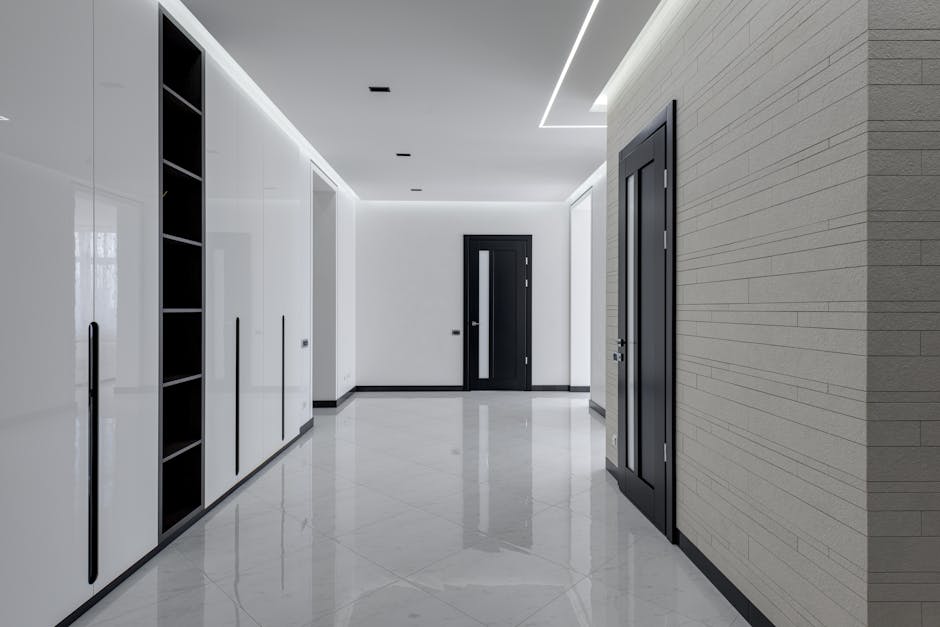Space Optimization: Maximizing Efficiency in the Modern Workplace
“In the wake of changing work dynamics, businesses are turning to space optimization strategies to reduce costs and boost productivity. This article explores data-driven approaches to understand space utilization and create workspaces that drive employee efficiency, ultimately leading to a more productive and cost-effective workplace. ”

Space Optimization: Maximizing Efficiency in the Modern Workplace
In today's rapidly evolving business landscape, companies are reevaluating their approach to office space management. With the rise of remote work and hybrid models, organizations are seeking innovative ways to optimize their workplace environments. This article explores the concept of space optimization and provides insights into how businesses can maximize efficiency while reducing costs.

The Changing Face of Office Space
The COVID-19 pandemic has dramatically altered the way we work, leading to a significant shift in office space utilization. As businesses adapt to new realities, many are choosing to downsize their physical footprints. According to Moody's Analytics, US office rents are not expected to reach pre-pandemic rates until 2026, with office vacancy rates projected to hit 19.4% this year.
In response to these challenges, companies are actively exploring workplace optimization strategies to reduce expenses and improve operational efficiency. But what exactly does space optimization entail, and how can businesses implement it effectively?
Understanding Space Optimization
Space optimization is the process of making the most efficient use of available office space. The primary goals are to:
- Reduce real estate costs
- Minimize maintenance and administration expenses
- Boost productivity and profitability
However, simply downsizing is not enough. To truly optimize your workspace, it's crucial to understand the space you have and reflect on the space you need.
Leveraging Data for Informed Decision-Making
Data analysis is fundamental to any optimization process. By examining office utilization metrics, businesses can gain valuable insights into how their workspaces are performing. Some key metrics to consider include:
- Capacity
- Real-time occupancy
- Average density
- Number of bookings per space
- No-show frequency
These metrics can reveal which spaces are underutilized, making it easier to make informed decisions about downsizing or restructuring. Additionally, revenue-related space metrics, such as productivity per employee or closed deals per square footage, can help determine whether investments in the workspace are paying off.

Designing Spaces that Drive Productivity
While cost reduction is important, the ultimate goal of space optimization should be to create an environment that enhances productivity. According to the 3-30-300 rule coined by Jones Lang LaSalle, the largest part of corporate spending goes to payroll. Therefore, even a slight increase in work efficiency can lead to significant savings.
To maximize office efficiency, consider the following aspects when optimizing your workspace:
-
Comfort and ergonomics: Ensure that your office spaces are not only well-equipped but also respect personal space and health standards.
-
Desirability: Create an inclusive workplace management process that extends beyond basic ergonomics.
-
Activity-based work: Offer a variety of workspaces to accommodate different tasks and work styles, such as conference rooms, hot desks, and quiet areas.
-
Visibility: Implement transparent workplace management systems to give employees clarity over space and time planning.
-
Flexibility: Design spaces that can easily adapt to changing needs and work patterns.

Implementing Space Optimization Strategies
To effectively optimize your office space, consider the following strategies:
-
Conduct a thorough space audit: Analyze your current space utilization to identify areas of improvement.
-
Implement flexible seating arrangements: Adopt hot-desking or desk-sharing policies to maximize space usage.
-
Create multi-functional spaces: Design areas that can serve multiple purposes, such as meeting rooms that double as collaborative workspaces.
-
Invest in technology: Utilize workplace occupancy data and management systems to track and optimize space usage.
-
Encourage remote work: Implement a hybrid work model to reduce the need for permanent desk spaces.
-
Optimize storage solutions: Use vertical storage and digital document management to minimize physical storage requirements.
-
Redesign common areas: Create inviting communal spaces that encourage collaboration and informal meetings.
The Future of Workplace Design
As we look ahead, the focus of workplace design will continue to shift towards creating environments that support employee well-being, collaboration, and productivity. By implementing smart space optimization strategies, businesses can not only reduce costs but also create workspaces that attract and retain top talent.

Conclusion
Space optimization is more than just a cost-cutting measure; it's a strategic approach to creating a more efficient and productive workplace. By leveraging data, focusing on employee needs, and implementing flexible design solutions, businesses can maximize their office space utilization while improving overall workplace experience.
As the business world continues to evolve, those who embrace space optimization will be better positioned to adapt to changing work dynamics and thrive in the post-pandemic era. By creating workspaces that truly serve their employees, companies can unlock the full potential of their physical environments and drive long-term success.